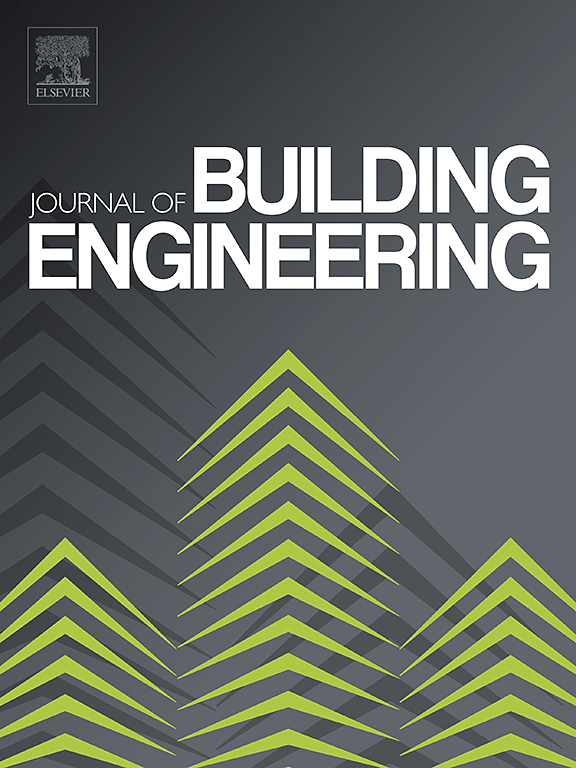Experimental and numerical study of slender concrete-encased CFST columns under combined compression and biaxial bending
IF 6.7
2区 工程技术
Q1 CONSTRUCTION & BUILDING TECHNOLOGY
引用次数: 0
Abstract
Over the past few years, concrete-encased concrete-filled steel tube (CECFST) columns have seen widespread adoption in engineering practice. Many studies have been conducted on this innovative type of short column, exhibiting excellent structural performance. Given the growing use of slender columns in practical applications, this work aims to experimentally and numerically investigate behaviour of CECFST slender columns under combined compression and biaxial bending. Six CECFST columns with varying relative slenderness ratio, load eccentricity and moment ratio were tested under pin-ended boundary conditions. Primary test results, including load–deflection curve, failure mode analysis, moment–curvature relationship and strain distribution analysis, indicated a negative correlation of structural performance with increasing slenderness ratio and load eccentricity. Subsequently, a finite element (FE) modelling approach was developed and validated against test results. The validated FE model was then leveraged to analyse structural behaviour, such as longitudinal stress distribution and contact stress between concrete and steel of the composite columns. Additionally, applicability of European code and American Specification was assessed using available test and FE data. The latter provided a more precise set of predictions by considering the varying influence of axial load on column load-carrying capacity and steel contribution on effective flexural stiffness. The analysis of this study offered in-depth insights for evaluating CECFST slender columns under biaxial bending, particularly underscoring the importance of member slenderness effect.
求助全文
约1分钟内获得全文
求助全文
来源期刊

Journal of building engineering
Engineering-Civil and Structural Engineering
CiteScore
10.00
自引率
12.50%
发文量
1901
审稿时长
35 days
期刊介绍:
The Journal of Building Engineering is an interdisciplinary journal that covers all aspects of science and technology concerned with the whole life cycle of the built environment; from the design phase through to construction, operation, performance, maintenance and its deterioration.
 求助内容:
求助内容: 应助结果提醒方式:
应助结果提醒方式:


